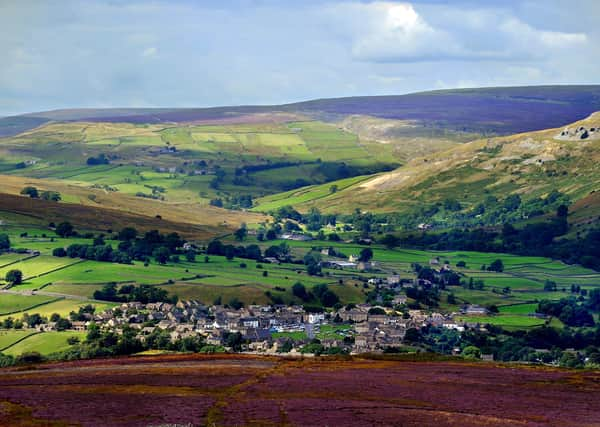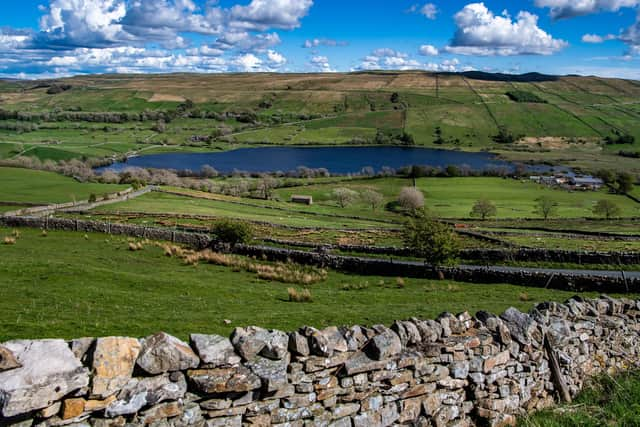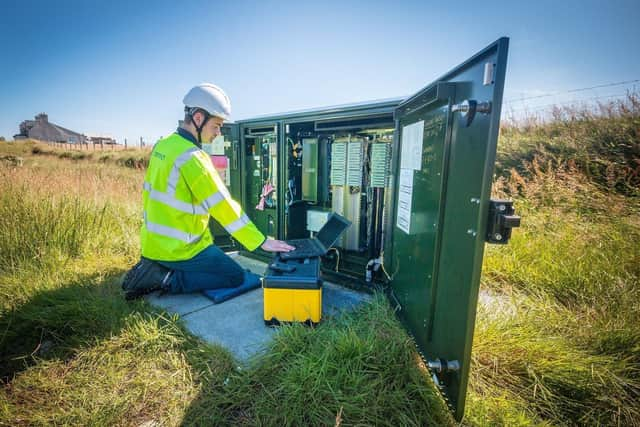How 4G broadband can bridge rural digital divide – David Hennell


So, on the surface, the news that the Government is continuing the rollout of Project Gigabit – its plan to future-proof the UK’s internet infrastructure and close the nation’s digital divide – should be warmly welcomed.
While investment in our nation’s connectivity is always welcome, the blunt truth is that Project Gigabit is helping the wrong people.
Advertisement
Hide AdAdvertisement
Hide AdBy only focusing on providing 85 per cent of UK households with ultrafast fibre, the Government is shying away from the real challenge – connecting rural properties with no current access to any sort of fit for purpose fibre-based service.


This latest announcement seems an attempt to mask the fact that, over the last year, it has reduced that target from 100 per cent of homes and also cut the guaranteed spend from £5bn to a quarter of that total.
When talking about improving the UK’s broadband network, it is irresponsible – and arguably unethical – solely to focus on further improving the speeds of properties with good fibre-based connections already. We simply must not forget about more remote and harder to connect homes and businesses.
If you’re lucky enough to have a reliable connection, bad broadband might seem like a thing of the past. The reality is very different. According to recent Ofcom figures, some 600,000 properties across the UK still lack access to broadband running at 10 Mbps – primarily in rural areas like the Yorkshire Dales. When your internet is that slow, watching Netflix, joining a Zoom call and even online shopping are next to impossible.
Advertisement
Hide AdAdvertisement
Hide AdIt’s these homes which are the real victims of the UK’s digital divide – and none of these homes and businesses should have to wait years for a connection which can fulfil basic online needs. Nor should they be told that improving things for them is too difficult and be left even further adrift by a race to give the “haves” an even better connection.


Defenders of the Government would claim that broadband-starved properties aren’t being left behind. They’ll point to the Universal Service Obligation – a commitment to give individual households a grant of up to £3,400 to improve sluggish connections.
But when BT frequently quotes several multiples of that to run new fibre to a remote property and the property owner has to pay the difference, that’s very obviously not a universally workable commitment.
The good news is waiting for fibre isn’t the only option for more remote properties The technology exists today to give them the fast, reliable internet connection they deserve – by using 4G, the same signals powering mobile phones’ data services.
Advertisement
Hide AdAdvertisement
Hide AdBetter still, 4G-based broadband is deliverable almost immediately, with even the most challenging properties – those needing the installation of an external antenna – typically taking no more than a week to be provisioned. This is what the team at 4G National Broadband specialises in and every day we see how better broadband changes our customers’ lives, providing them with the connection they’ve needed for so long to work, relax and socialise.
And we do this at a fraction of the cost of fibre. Take that £3,400 per property grant the Government offers under the USO – with that same amount of funding, we could supply much improved 4G broadband to eight properties with the poorest connections.
If the Government is serious about its promise to level up every area of the country, there’s no point investing billions in increasing the connections of properties which already enjoy reliable internet while completely ignoring all those who have to deal with buffering and dropped connections every day.
That’s like offering everyone who owns a Ford Focus the chance to swap to a Ferrari for free while telling people who don’t have a car at all that they need to keep walking.
Advertisement
Hide AdAdvertisement
Hide AdWhat’s needed is a more granular and need-based approach, where the most digitally disadvantaged homes and businesses are given targeted support to improve their connection. It doesn’t even require a whole new policy – the Government had a scheme which did just this prior to its introduction of the USO.
Changing this thinking is the fastest and fairest way to narrow the digital divide and to level up the whole of the UK.
David Hennell is director at 4G National Broadband. See https://www.4g-internet.co.uk for further details.
Support The Yorkshire Post and become a subscriber today. Your subscription will help us to continue to bring quality news to the people of Yorkshire. In return, you’ll see fewer ads on site, get free access to our app and receive exclusive members-only offers. Click here to subscribe.
Comment Guidelines
National World encourages reader discussion on our stories. User feedback, insights and back-and-forth exchanges add a rich layer of context to reporting. Please review our Community Guidelines before commenting.